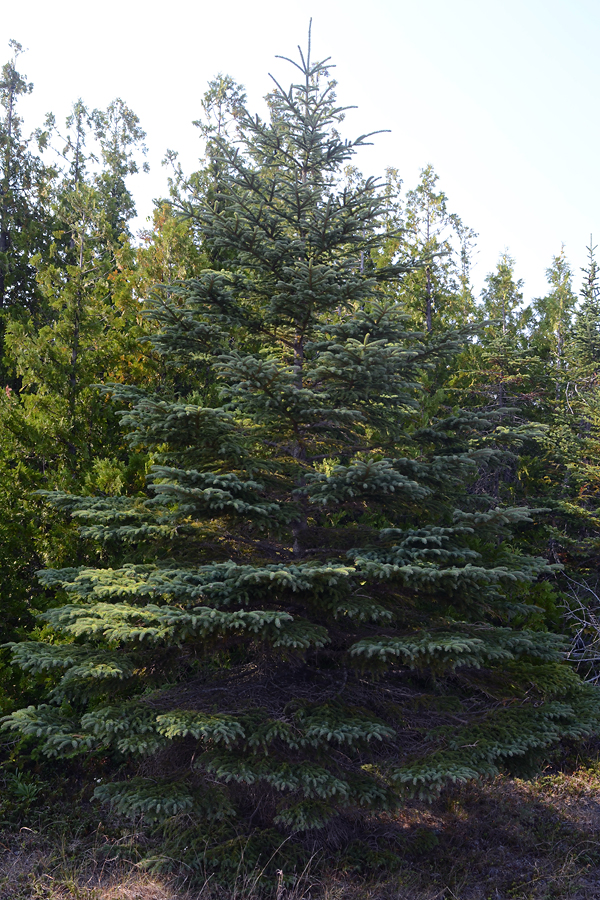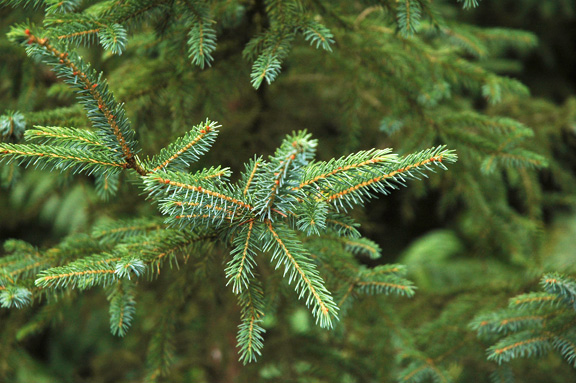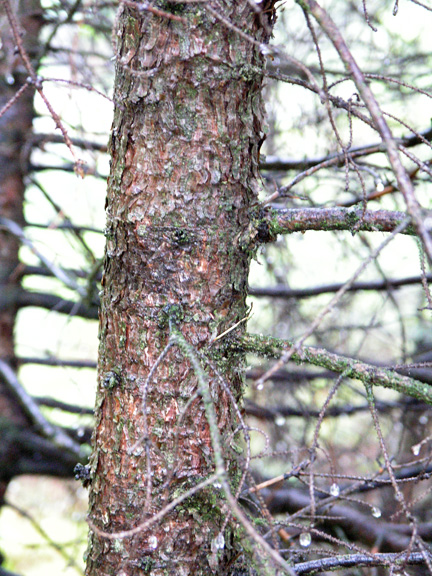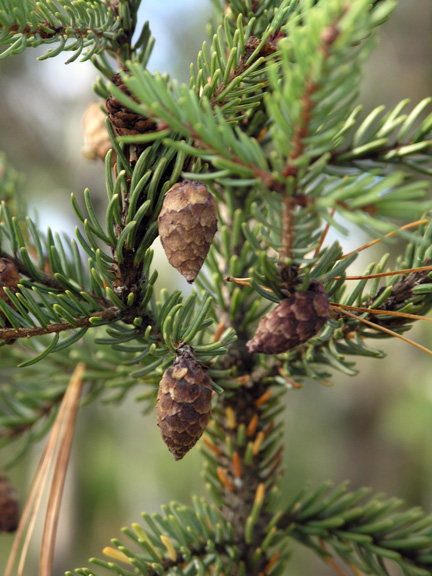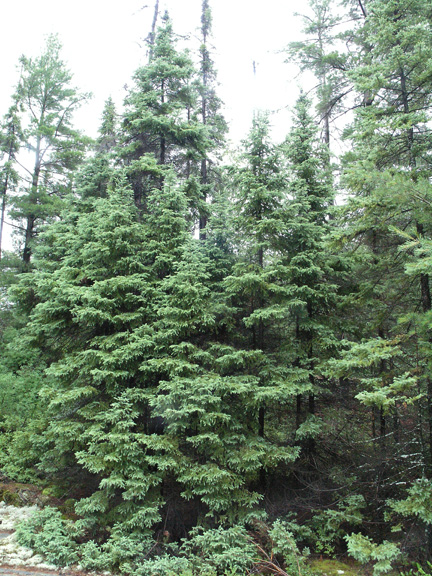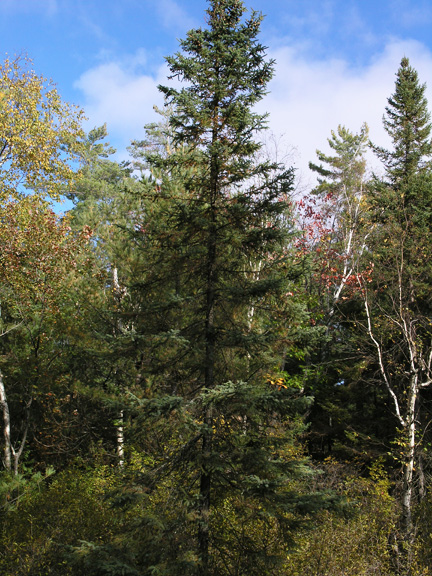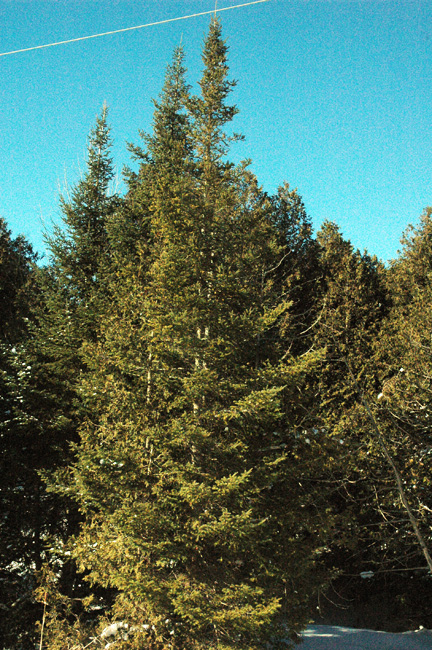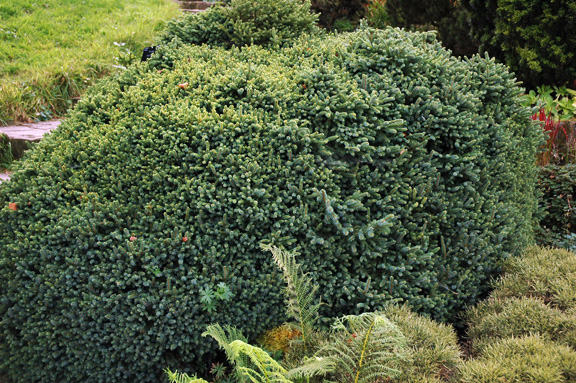| General Description | One of the most widespread and abundant species in North America. There have been many cultivars of the black spruce but there is one that stands out the most, Picea mariana ‘Nana’, which won the Royal Horticultural Society’s Award of Garden Merit. |
| ID Characteristic | The compact narrow crown and the drooping branches give the tree a distinctive appearance. The twigs are covered with rust coloured hairs and when the cones are dry they can be crushed with just the fingertips. |
| Shape | Sharply pyramidal. |
| Landscape | Picea mariana thrives in a moist acidic environment. It is often found in sphagnum bogs. In the north, it grows in well-drained valleys and on rocky slopes. The southernmost location of this species is Sifton Bog, London, Ontario, Canada. |
| Cultivation | |
| Pests | Budworm, weevil and the dwarf mistletoe. |
| Notable Specimens | Sifton Bog, Oxford Street, London, Ontario, Canada. |
| Habitat | Northern bogs of the boreal zone. |
| Bark/Stem Description | The bark is broken into thin, flaky greyish brown scales. |
| Leaf Description | Four sided, dull bluish green needles on twigs that are covered with rust-coloured hairs. |
| Fruit Description | The cones are 2- 3 cm long, spherical when open and stay on the tree for 20 - 30 years. |
